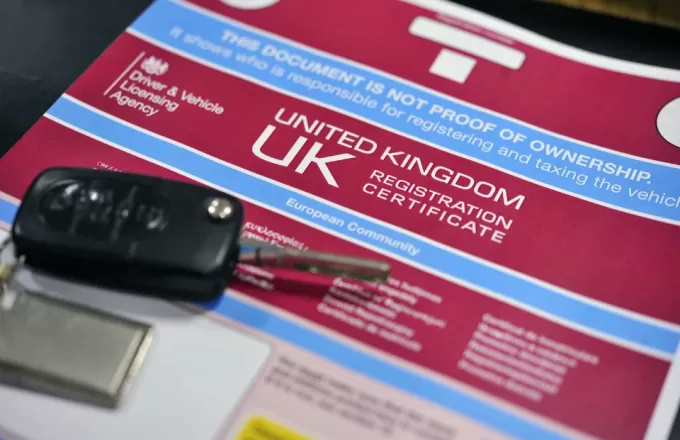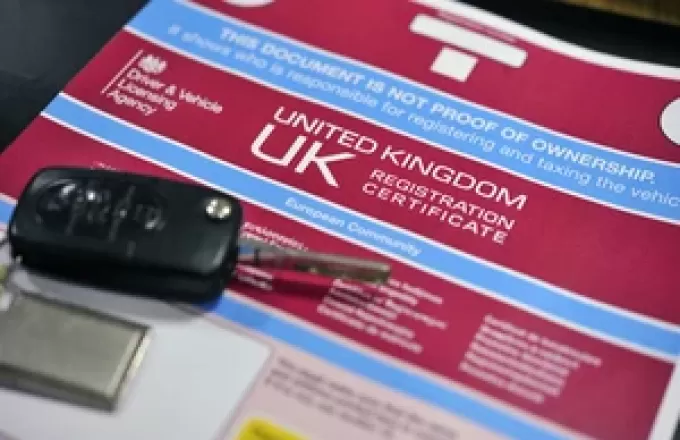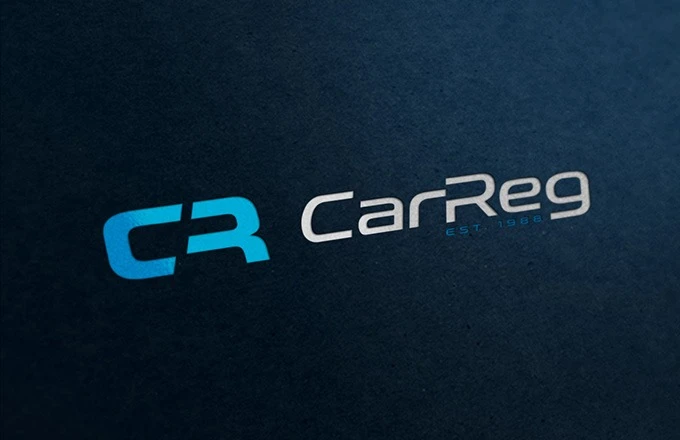Informing the DVLA that You Have Sold Your Car
The Driver and Vehicle Licensing Agency (DVLA) has introduced an online service back in 2015 to simplify the process of informing them of change of ownership - when you've bought, sold, or transferred a vehicle. The DVLA change of ownership service has been a resounding success, processing over 40 million transactions since its inception. In this comprehensive guide, we will explore the benefits of the DVLA's online change of ownership service and walk you through the step-by-step process of informing the DVLA about your sold car and smoothly transitioning ownership.
Section 1: Understanding the DVLA and Change of Ownership
The DVLA is the official government agency responsible for maintaining vehicle records, issuing driving licences, and overseeing road transport in the UK. When you sell your car, promptly informing the DVLA is essential to update their records and transfer and change ownership to the new buyer.
Section 2: the DVLA's Online Service for Change of Ownership
How do I Inform the DVLA that I Sold My Car?
The DVLA's change of ownership online service has been designed to be quick and simple, putting the needs of customers first, whether they are private individuals or part of the trade. It offers a hassle-free way to inform the DVLA about your sold car, a direct transfer, or a new vehicle purchase without the need for posting any physical documents.
Here's a step-by-step guide on how to use the online service:
1. Gather the necessary vehicle information, including the 11-digit document reference number from your vehicle V5C log book, the registration number, make, model, and VIN (Vehicle Identification Number).
2. Access the DVLA's online change of ownership notification service, available on their website 7am to 7pm, 7 days a week.
3. If you've sold your car privately to an individual or trader, provide the new keeper's full name and address.
4. For vehicles sold to a trader, you can grant them consent to notify the DVLA of the sale by providing them with the V5C logbook or the yellow slip (V5C/3). Alternatively, you can notify the DVLA yourself using the 11-digit document reference number on the yellow slip.
5. If your car has been scrapped or written off by an insurance company, you can also use the online service to inform the DVLA.
Section 3: Smooth Change of Ownership Process
When the DVLA receives the updated information through the online service or by post, they will process the change of ownership. The new owner will receive a new V5C logbook in their name, and you, as the previous owner, will receive a notification confirming the change of ownership.
Section 4: Transfer of Responsibilities
By informing the DVLA about the sale of a car, you transfer important responsibilities, including:
1. Vehicle Tax: After informing the DVLA, you are no longer responsible for taxing the vehicle. The new owner must tax it in their name from the date of purchase.
2. Insurance: Contact your insurance provider to inform them about the sale and cancel your insurance policy for the sold vehicle. The new owner must arrange their insurance.
3. MOT: For vehicles over three years old, a valid MOT certificate is required. As the previous owner, you are not responsible for arranging the MOT; it becomes the new owner's responsibility.
Section 5: Avoiding Common Change of Ownership Mistakes
To ensure a smooth process, avoid these common mistakes:
1. Delaying Notification: Inform the DVLA promptly after selling your car to prevent potential issues.
2. Incomplete Information: Double-check all details before notifying the DVLA. Inaccurate or incomplete information may cause delays.
3. Keeping Proof: Retain a copy of the V5C logbook and relevant communication as proof of the sale.
Involving the DVLA Soon After Change of Ownership:
Using the DVLA's online service to inform them about the sale, transfer, or purchase of a vehicle has never been easier. By acting promptly, providing accurate information, and keeping proof of the sale, you can confidently transfer and change ownership and ensure a hassle-free process for both you and the new owner.
How to Change Ownership of Vehicle After Death
In the event of a death, the question of what to do with the person’s vehicle does come up. There are 2 options – one is to keep the vehicle, and the other of course is to sell it.
If you are keeping the vehicle, these are the steps you must take:
First you must inform the DVLA that you’re the new keeper of the vehicle and then have it taxed in your name straight away.
You must tax the vehicle in your name. This is the case even if you’re taking over ownership as a family member or looking after it for a short time. You may be prosecuted if you use the vehicle in public before taxing and insuring it in your own name.
What you do depends on whether you have the vehicle log book (V5C).
If you have the vehicle log book (V5C)
1. Fill in section 2 if you have a new style log book with multi-coloured numbered blocks on the front cover. Fill in section 6 if you have the older style log book.
2. Tear off and keep the green ‘new keeper’ slip.
3. Write a letter explaining your relationship to the person who died, the date they died and who should be paid any vehicle tax refund.
4. Send the V5C with your letter to the DVLA Sensitive Casework Team. Also include form V890 if you want to register the vehicle as off the road (SORN) instead of taxing it.
5. DVLA will immediately cancel any existing vehicle tax and direct debits, and send a cheque for any refund and a new V5C.
6. Use the new keeper slip to tax the vehicle in your name before you use it on a public road. Do not wait for the new V5C.
If you do not have the vehicle log book (V5C)
1. Fill in form V62 to apply for a V5C. There’s a £25 fee.
2. Write a letter explaining your relationship to the person who died, the date they died and who should be paid any vehicle tax refund.
3. Send the V62 and fee with your letter to the DVLA Sensitive Casework Team. Also include form V890 if you want to register the vehicle as off the road (SORN) instead of taxing it.
4. DVLA will immediately cancel any existing vehicle tax and direct debits, and send you a new V5C.
5. Use your new V5C to tax the vehicle.
Sensitive Casework Team, DVLA, Swansea, SA99 1ZZ
Need to buy a number plate? Check out our purchases page and browse today!



